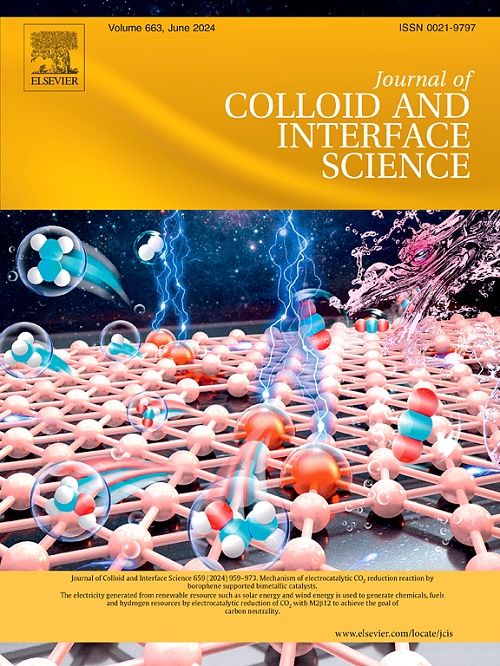A cancer theranostic nanoplatform for second near-infrared fluorescence imaging-guided carbon monoxide-sensitized mild photothermal therapy with ICD induction
IF 9.4
1区 化学
Q1 CHEMISTRY, PHYSICAL
引用次数: 0
Abstract
Mild-temperature photothermal therapy (mild PTT), utilizing photothermal agents to convert external light into mild heat (<45 °C), holds significant potential as a localized treatment modality to induce cellular thermal damage. This therapeutic strategy not only directly eliminates targeted cells but also induces immunogenic cell death (ICD), activating the immune response. However, the presence of heat shock proteins (HSPs) can significantly reduce the effectiveness of photothermal therapy. Therefore, it is crucial to inhibit HSP repair and minimize damage to surrounding normal cells in order to enhance the efficiency of low-temperature PTT. Additionally, carbon monoxide (CO) has been shown to suppress the upregulation of HSPs in cancer cells under heat treatment. Furthermore, the utilization of second near-infrared (NIR-II) fluorescence particles can improve the precision and suitability of PTT due to their increased penetration depth and novel imaging capabilities. In this study, we developed a NIR-light-activated CO release system using CO-loaded mesoporous organosilica nanoparticles (CO-MON) for enhancing the effectiveness of mild PTT by suppressing HSPs repair through selectively targeted CO delivery. Triiron dodecacarbonyl (Fe3(CO)12), as the source of CO was employed for encapsulation within the pores of the MON. These MON showed emission in the NIR-II range, while also displaying remarkable photostability and a high efficiency in photothermal conversion (34.7 %). Through intratumoral administration, the CO–MON platform demonstrated efficient tumor accumulation and localized photothermal efficacy in vivo. In vitro and in vivo studies demonstrated that this exceptional photothermal effect not only effectively eliminated tumor but also augmented tumor ICD.

第二近红外荧光成像引导的一氧化碳敏化温和光热疗法与 ICD 诱导的癌症治疗纳米平台
本文章由计算机程序翻译,如有差异,请以英文原文为准。
求助全文
约1分钟内获得全文
求助全文
来源期刊
CiteScore
16.10
自引率
7.10%
发文量
2568
审稿时长
2 months
期刊介绍:
The Journal of Colloid and Interface Science publishes original research findings on the fundamental principles of colloid and interface science, as well as innovative applications in various fields. The criteria for publication include impact, quality, novelty, and originality.
Emphasis:
The journal emphasizes fundamental scientific innovation within the following categories:
A.Colloidal Materials and Nanomaterials
B.Soft Colloidal and Self-Assembly Systems
C.Adsorption, Catalysis, and Electrochemistry
D.Interfacial Processes, Capillarity, and Wetting
E.Biomaterials and Nanomedicine
F.Energy Conversion and Storage, and Environmental Technologies

 求助内容:
求助内容: 应助结果提醒方式:
应助结果提醒方式:


